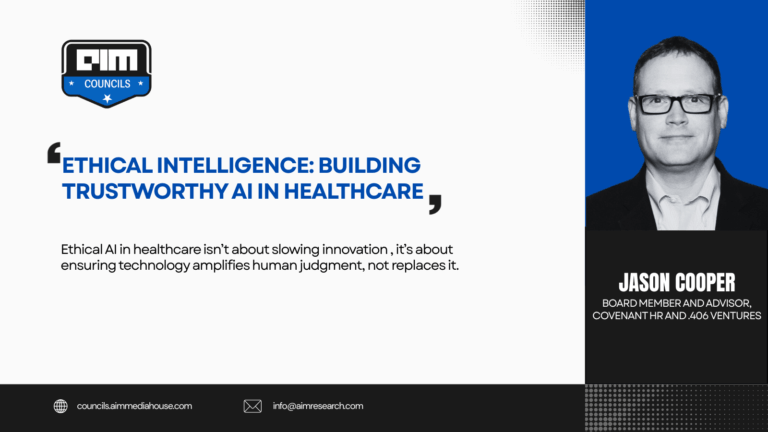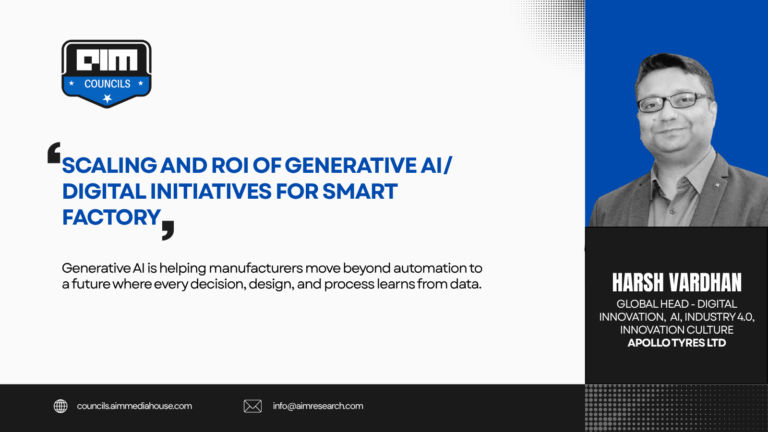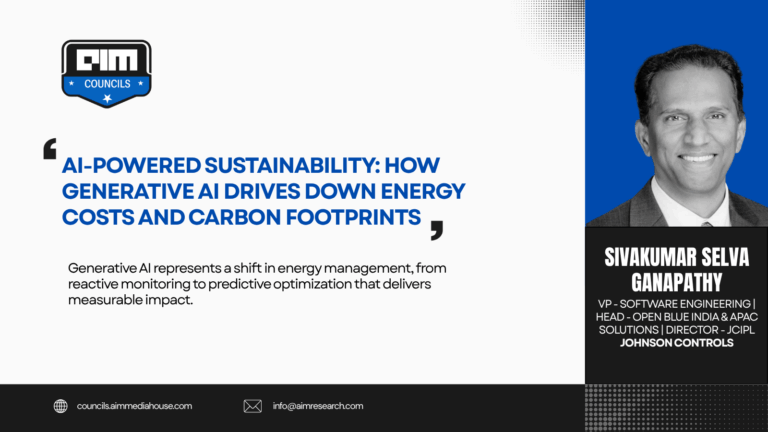Across manufacturing floors, chemical plants, power stations, and offshore rigs, the conversation around artificial intelligence has shifted. It’s no longer: “Should we use AI?” It’s now: “Why hasn’t our AI initiative worked yet?”
The objectives are well known: increase uptime, improve asset reliability, reduce maintenance costs, and make operations safer. With the volume of data generated in industrial environments, turning those goals into outcomes seems deceptively straightforward, when in reality, it isn’t the case.
Step 1: Respect the Chaos
Industrial environments, for now, are not designed for AI. They are complex, layered systems built over decades, and often undocumented. Many rely on legacy control systems, handwritten inspection logs, and institutional knowledge that disappears when a veteran operator retires.
A common misconception in industrial AI is that the data is ready for use. Outdated protocols and inconsistent naming conventions are standard. According to MIT Sloan research, AI adoption in U.S. manufacturing frequently results in short-term productivity losses, particularly in older firms with entrenched systems. The reason: introducing AI demands structural change.
Successful implementations begin with data clarity. The foundation is a connected operational understanding: knowledge graphs that link assets, process flows, time-series data, inspection reports, and maintenance history. Without that context, even advanced models produce unreliable outputs.That means your AI doesn’t have to guess what “Asset 1081” is: it knows it’s the main cooling pump on Line B, linked to vibration trends, maintenance logs, and that one inspection note from two months ago.
Because before AI can predict anything, it needs to understand something.
Step 2: Keep It Boring
Much of the attention in AI today focuses on spectacle. Think: agentic systems, digital twins, LLM’s simulating entire operations. But most of the industrial value comes from simpler signals.
- A compressor vibrates slightly outside baseline, weeks before failure.
- A pump deviates from its normal energy signature.
- A technician is alerted just in time to avoid a shutdown.
Good AI doesn’t need to impress the data science team. Rather, it needs to quietly tell the reliability engineer: “Hey, this pump is behaving like it did before the last failure. You might want to check that seal.”
It’s not flashy. It just works. And when it works, people trust it. No black boxes. No guesswork. Just machine learning grounded in your operational reality.
Step 3: Make It Easy to Act
A 2025 McKinsey survey found that just 1% of generative AI deployments are considered mature. The rest often stall, not because the models are wrong, but because the insights aren’t accessible when and where decisions are made.
This is a common failure point: high-performing models that live in unread dashboards or PDFs. Industrial AI must integrate into existing operational workflows: maintenance planning tools, control room systems, and operator checklists. Alerts must reach the technician in the field, along with the data analyst in the back office. Root-cause analysis must feed maintenance schedules. Businesses will find that it is necessary to break down data silos so that information gets to where it needs to be.
Achieving this would improve both accuracy and usability, which are crucial measures of success.
Why It’s Worth It
When implemented effectively, AI leads to measurable outcomes, which are becoming increasingly common. According to the World Economic Forum, the industrial AI market is projected to grow from $3.2 billion in 2023 to $20.8 billion by 2028. Beyond the economic upside, industrial AI is becoming foundational to operational resilience.
The field is also evolving. The first wave of industrial AI (1.0) focused on time-series and event data for predictive maintenance and QA. Today, with the rise of Gen AI and multimodal models, the scope has expanded into design and procurement, and into commissioning and customer service. AI agents are beginning to manage multiple systems in coordination, accelerating the shift toward semi-autonomous operations.
This second wave, Industrial AI 2.0, is less about single-point applications and more about orchestrating insight across the full operational value chain.
The Cost of Inaction
Not all AI programs succeed. Many stall in pilot phases due to a lack of integration and unclear ROI. But the risk isn’t in trying and failing. The risk is failing to try seriously.
The early stages of adoption often follow a J-curve: short-term performance dips, followed by long-term productivity gains. Firms that prepare for this reality, by investing in infrastructure, aligning teams, and embedding AI into real workflows, are already emerging ahead of their peers.







